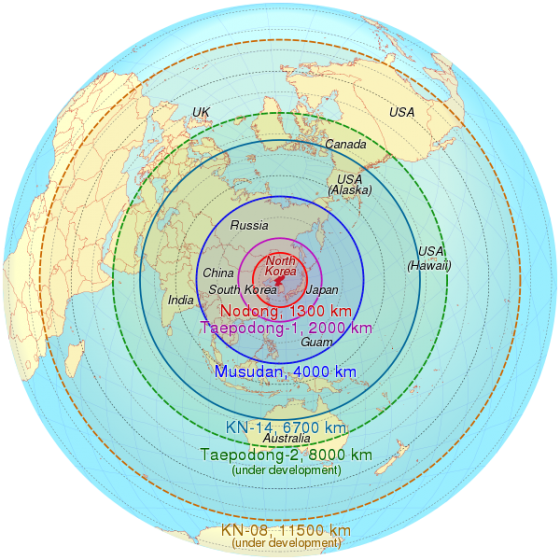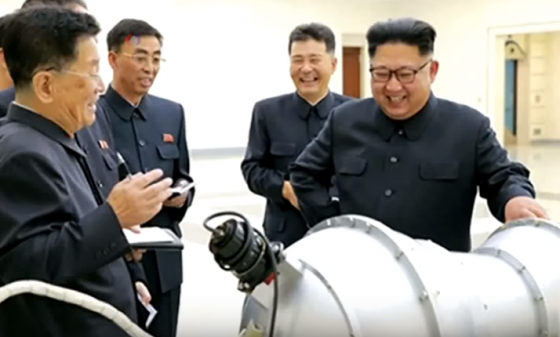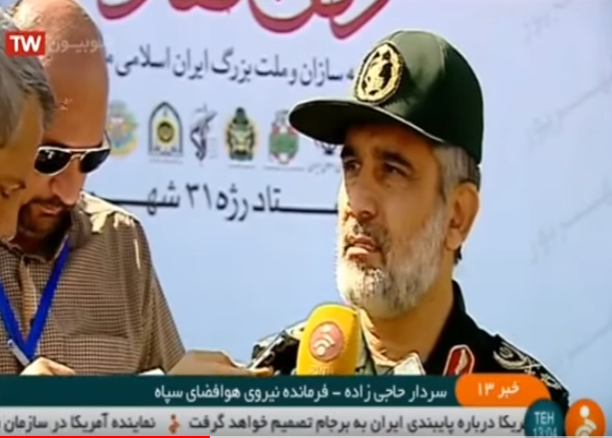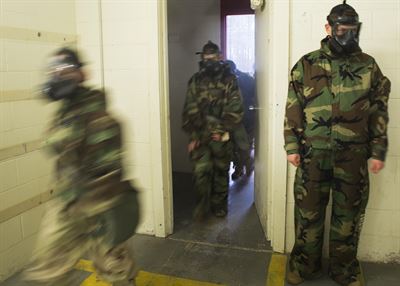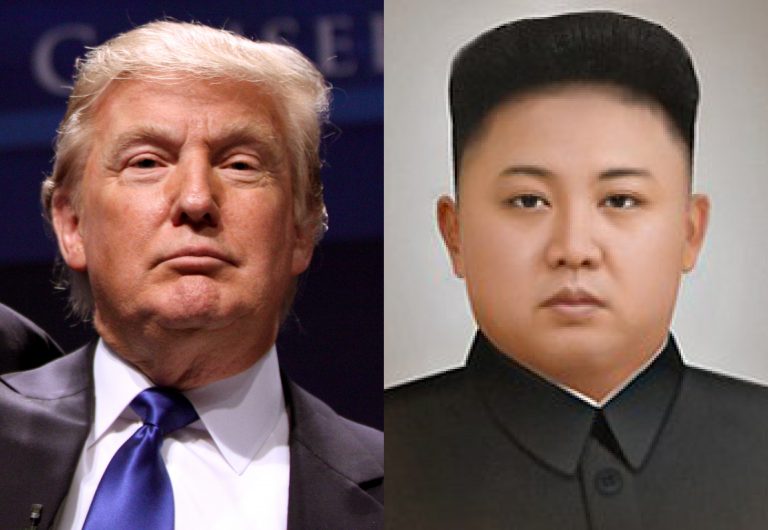
- Prof. Eytan Gilboa
- March 19, 2018
- Paper No. 773
Kim Jong-un’s invitation to US President Donald Trump to hold a summit was a big surprise, as was Trump’s immediate acceptance. While the road to a nuclear agreement will be difficult because of two decades of North Korean violations of understandings and agreements, the summit could nevertheless have dramatic ramifications for world and regional politics.





